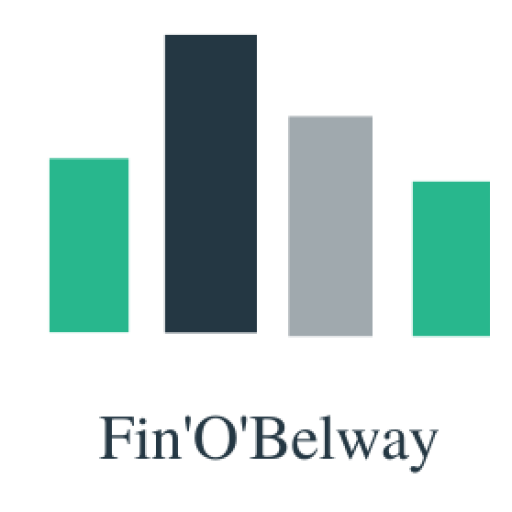Have you ever wondered what all business decisions can cost data help us undertake? The decision to price a product or a service; the decision to outsource or produce internally; the decision to do differential pricing for a domestic versus an export order; the problem of identifying most profitable customers in a B2B market; a possible metric to do the appraisal of different divisions operating in a company and much such decision need to ascertain the cost data as accurately as possible. The area of cost accounting, which provides ways to do a proper costing for any product or service, offers many analytical decision-making capabilities that the domain of management accounting entails.

What goes in manufacturing a product?
An enterprise engaged in manufacturing a product achieves its goal through activities on which some expense is incurred. For a manufacturing process such as toy production, the expenses may be either direct or indirect costs. The direct costs will be related to the raw material used for the production, labor costs associated with employees employed in the production shop floor, and machinery (depreciation) cost. The indirect costs will be those related to the expenses incurred in the corporate office, wages of administrative department, accounting department, human resources department, house-keeping department, maintenance department. In a nutshell, all those expenses are crucial enabling functions in the operations of the company. The final product is ready after these direct and indirect costs have been incurred.
What goes in delivering a service?
An enterprise engaged in delivering a service achieves its goal through activities on which some expenses are incurred. For service delivery, the direct costs may be related to the labor cost associated with employees employed, raw material, or the packaging cost for the inputs needed in delivering the service. In addition, there may be indirect expenses in training, admin department, accounts, and HR and customer service department, among others.
What earns us revenue?
As we have seen in the previous two paragraphs, there are many cost items when it comes to manufacturing a product or delivering a service. A company (toy manufacturer or an IT service) earns the bulk of its revenue through sales of its final product or through fee income in delivering a service. Therefore, the company should strive to assess its true costs consisting of all the expenses as discussed in previous paragraphs to be able to identify the price of its product suitably to make a meaningful profit.
The need to assess costs and the cost accounting approaches
Cost assessment is an essential exercise in any enterprise. There are multiple approaches to do the costing. The most widely used ones are ‘Job costing,’ ‘Process costing,’ ‘Hybrid costing,’ and ‘Activity-based costing.’ These approaches differ in their mechanics and are suitable depending on the exact nature of the operation. In most cases, if a product is made to order (customizable such as tailor delivering a stitched shirt, an automobile repair shop providing repair services for a bike), the standard practice is to use ‘Job costing.’ If a product is produced with a mechanized and complex process involving multiple stages and requiring several days, the standard practice is ‘Process costing.’ Some products or services may also merit a ‘Hybrid costing’ – a mix of ‘Job’ and ‘Process’ costing. In some organizations, where multiple production processes share resources and output may be achieved through a series of activities, the widely popular ‘Activity-based costing’ may be appropriate.
Analytics using cost data: The adventures of a management accountant
A) The breakeven analysis: A management accountant or a finance manager may be required to identify the production quantity which helps the company achieve breakeven, i.e., scale of production, which renders no profit, no loss scenario. The manager is aided in this decision-making by assessing the split of costs in terms of behavior. Some costs may be fixed in nature, and some may be variable. The breakeven point (BEP) may be calculated by equating the profit to zero [(Selling price – Variable cost per unit) x Q* – Fixed cost = 0] and solving for Q*, which will be the minimum quantity that should be sold to achieve breakeven. Any sales above this breakeven point (BEP) will result in the company’s profits.
B) To price special orders: A new Electric Scooter venture, ‘Bijli Bike,’ predominantly sells its e-Scooters to individual customers. Suppose they are approached by a food delivery business (say, AasPaas Rasoi) operating in Uttar Pradesh with an order of 20000 e-Scooters. Due to their bulk order, the company may ask for a quotation that offers e-Scooters at a cheaper rate than the retail price available to an individual buyer. Here again, the sales manager, in consultation with the production manager, may provide a quote to ‘AasPaas Rasoi’ where the reduced price is arrived at where all the variable costs per unit are covered, but all or a part of the fixed cost is not charged from the company.
It pays to know the true cost!
Need I further emphasize why cost data is crucial for a host of business decisions? The cost of all kinds – those beyond the production shop floor or the point of service delivery should be assessed to arrive at the actual price of selling a product or delivering a service. Remember, you are in business to make worthwhile profits, and for you to do so persistently, a good idea of costing comes in very handy. Further, you have the cost data at your service when you ponder over your crucial decisions related to cost savings, profit maximization, increasing utilization, performance appraisal, etc.
Disclaimer: The author contributed to this article in his personal capacity. The views and opinions expressed are his own and do not necessarily represent the views of the author’s employer. Any comments or suggestions for improvements are most welcome. Please leave your comments below.

